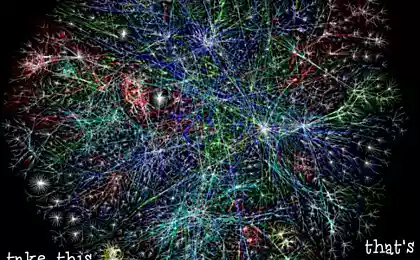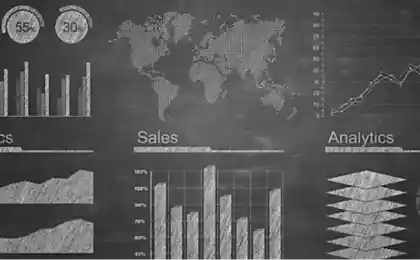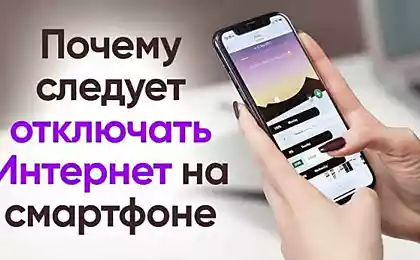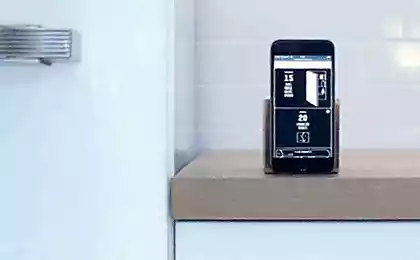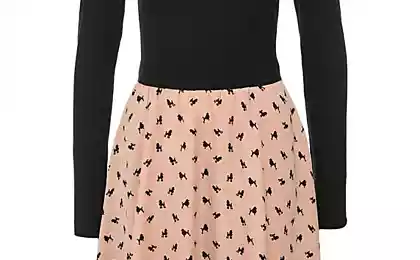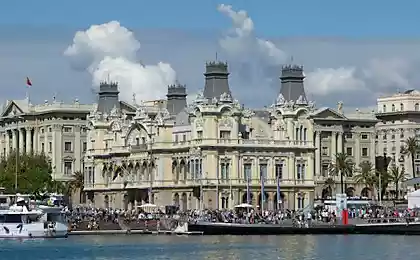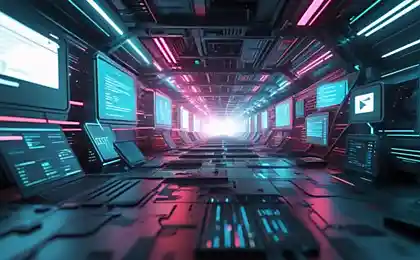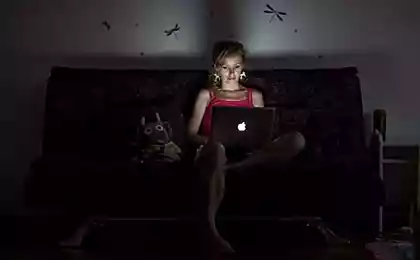509
5 facts about @

All the familiar symbol @ has not been known in our country before the computer age. Typically, borrowing the name from another language does not invent new, but simply copied. But sometimes the original name may be unpronounceable, or the relevant rules of the language. Apparently, this happened with the @ symbol - its official name is "commercial floor" Russian ear seems completely senseless. So why is it "doggy»?
1. In the 1990s, when the icon @ first tried to translate into Russian, there were a lot of equal variants - "gibberish", "hook", "frog", "ear" and others. However, now they have almost disappeared, and "dog" spread throughout the Runet and stayed because every language tends to have only one universal word for something else. Other names are marginal, although they can be very much. For example, in English the @ symbol is called not only the words commercial at, but mercantile symbol, commercial symbol, scroll, arobase, each, about, and so on. D.
2. There is an exotic version of that jerky pronunciation of English at may resemble dog barking. However, much more probable hypothesis links our character with a very old computer game Adventure. It had to go through the maze, fighting with different unpleasant underground creatures. Since the game was a text, the player himself, the walls of the maze, monsters and treasures represent different characters (for example, the walls were billeting of the "", "+" and "-"). Players in the Adventure accompanied the dog, which could send a reconnaissance mission. It denotes the @ symbol. Perhaps precisely because of this now forgotten video game rooted in Russian called "dog».
3. icon @ used in commercial calculations - in the sense of "the price» (at the rate). For example, 10 gallons of oil at a price of 3, 95 USD per gallon will be briefly recorded: 10 gal of oil @ $ 3.95 / gal. In English-speaking countries the symbol is used in science to mean "when": for example, the density of 1 050 g / cm at 15 ° C is recorded: 1.050 g / cm @ 15 ° C. In addition, the sign @ loved and often used because of its resemblance to the anarchists with their symbol - "And in the circle».
4. From the perspective of the linguist Ulman, the @ symbol was invented by medieval monks to reduce the Latin ad («on", "in", "against" and so on) that is very similar to the current use. Another explanation gives Italian scholar, Giorgio Stabile - he found the symbol in the records of Florentine merchant Francesco Lapi for 1536 within the meaning of "amphora": for example, the price of one @ wine. Interestingly, Spanish and Portuguese called symbol in emails is "amphora» (arroba) - a word that the French, distorted, turned into arobase. However, in different countries, there are very different names for the @ symbol, mostly zoological. The Poles call it "monkey", the Taiwanese - "mouse", the Greeks - "duck", Italians and Koreans - "snail", Hungary - "worm", the Swedes and Danes - "elephant's trunk", the Finns - "cat's tail" or " sign meow ", and Armenians, like us, -" The little dog. " There are gastronomic name - "strudel" in Israel and "rollmops" (marinated herring) in the Czech Republic and Slovakia. In addition, this character is often referred to simply as "crooked, A", or "And with swirls" or, as the Serbs, "nuts, A».
5. However, the most amazing stories of the modern associated with the @ symbol, originated in China, where the sign is called the trite "And in the circle." Several years ago, a Chinese couple gave a name to the newborn. Perhaps the sign began to be perceived as a hieroglyph, symbolizing the technological progress, and decided that it will bring happiness and success to the young inhabitant of the Middle Powers.
via factroom.ru
July 13, 1987, the year the scientist AP Bugorski stuck his head into a working particle accelerator
In Finland, a children's heavy metal band
